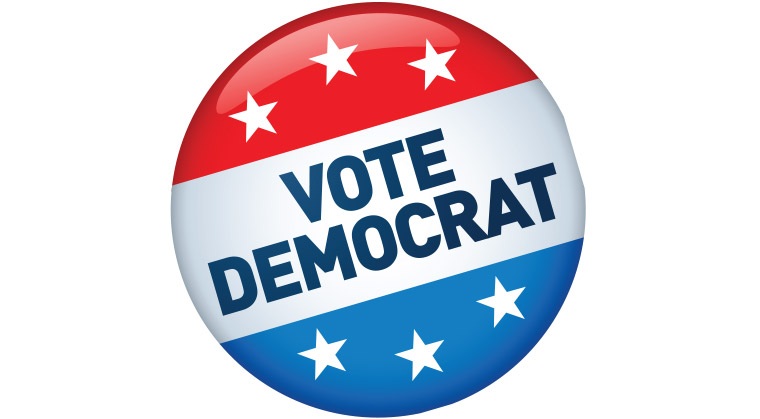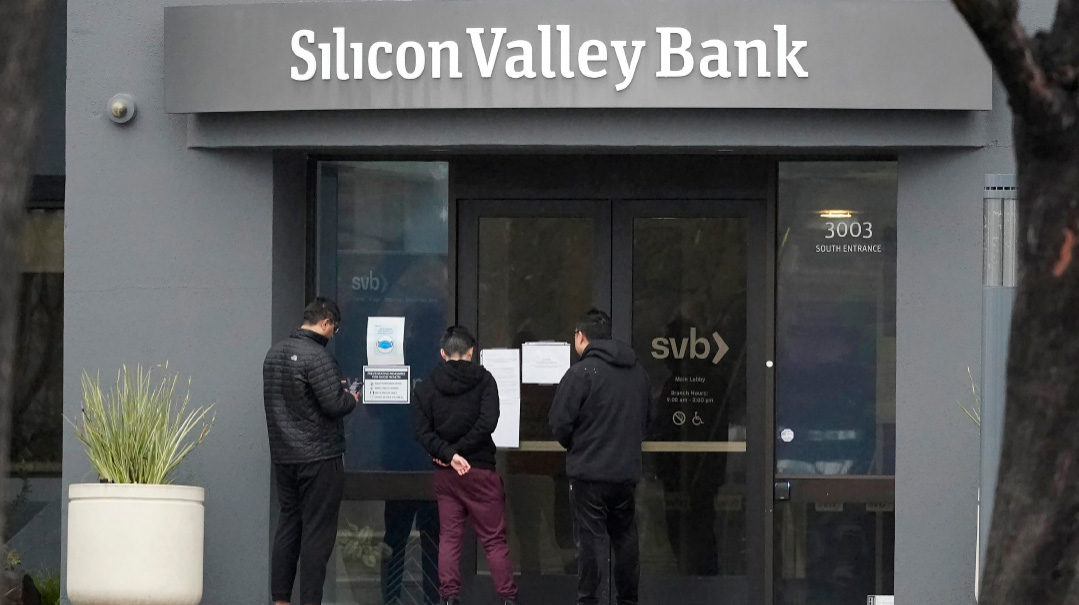Year of the Woman?


Stacey Abrams, a graduate of Yale University Law School and a veteran political figure in the Georgia legislature, made history last week when she became the first black female candidate to receive a major political party’s nomination for governor. Will she succeed in becoming the first black woman governor, and in the Deep South, yet?
The last time Georgia voted for a Democratic governor was in 1998, so Abrams’s chances seem slim. But her historic run comes in a year when there are more women nominees for political office than ever before.
According to a Bloomberg analysis of data published by the Center for Responsive Politics, there were 527 women Congressional candidates at the end of April — a 67% rise compared to 2016. The data shows that women are running in 278 out of 435 counties across the United States. The only states where no women are running for office are Alaska, Rhode Island, Vermont, and North Dakota. By contrast, Hawaii, Wisconsin, and Nebraska have more female than male candidates for Senate. At the moment, there are 105 women in the US Congress — 22 in the Senate and 83 in the House of Representatives, representing 19% of the body.
While the numbers of candidates this year is high, it’s important to note that those 527 women are competing for 304 seats; in other words, in many races, there’s more than one woman candidate. Now, subtract the 83 women incumbents, many of whom are running against strong male candidates. So, ultimately, the estimate is that even if we can expect to see more women in politics, the final number won’t be that dramatic. Either way, it’s a trend that can’t be ignored.
(Originally featured in Mishpacha, Issue 712)
Oops! We could not locate your form.







